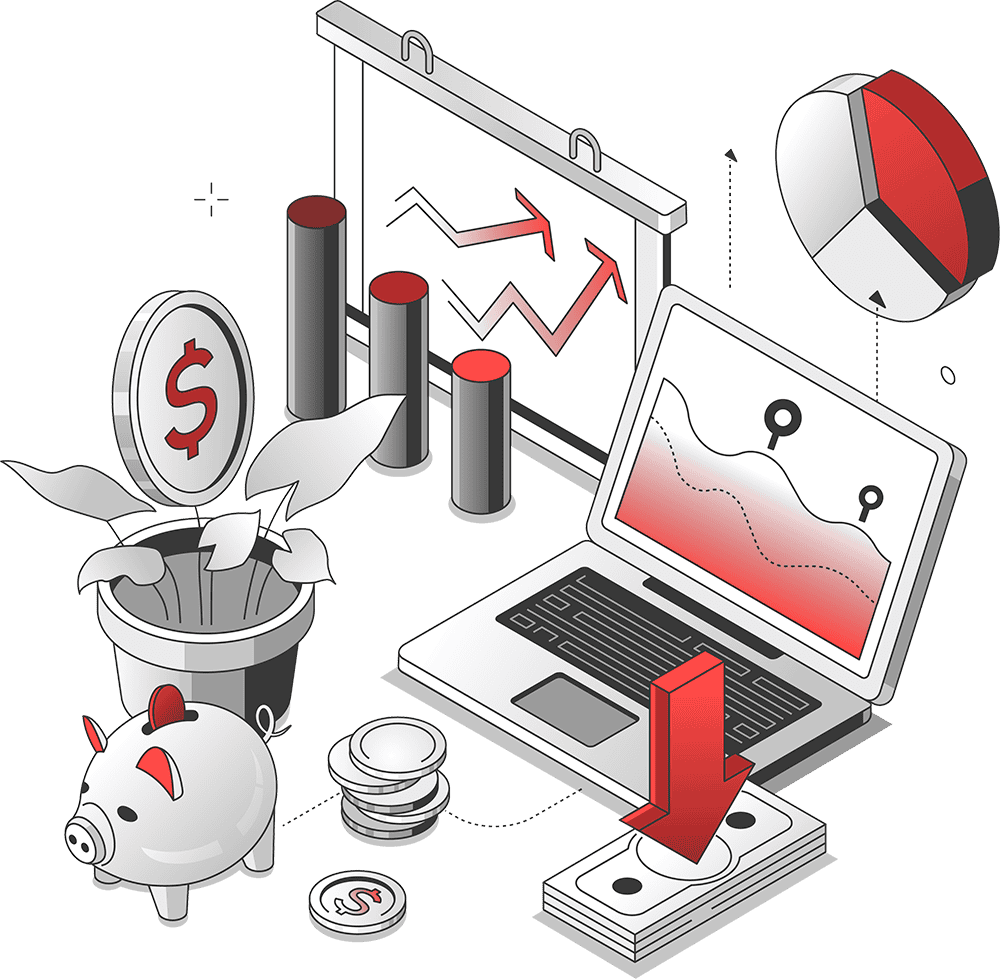Strategic IT Spending: Balancing Short-Term Gains and Long-Term Vision
This article explores the risks of shortcuts, the factors driving short-term IT spending, and how to achieve a sustainable investment strategy.
It’s 2025, and shockingly or not so shockingly, IT leaders are still facing the challenge of addressing immediate demands while maintaining a vision for the future. Balancing short-term and long-term IT spending is a critical skill for CIOs and other IT decision-makers. As Steve Senterfit, President of Smartbridge, explains, “taking shortcuts in IT often leads to increased technical debt that limits agility and adds unplanned costs down the line.”
The Risks of IT Shortcuts
Technical debt is a pervasive issue in IT. It arises when organizations prioritize immediate results over well-planned, long-term solutions. While quick fixes can deliver short-term wins, they often create bottlenecks, increase maintenance costs, and slow innovation in the long run. These shortcuts limit an organization’s ability to adapt to new demands and technologies.
However, not every short-term decision is inherently harmful. As Senterfit notes, “Not every quick decision is a dead end—some short-term fixes help maintain continuity in critical areas, but they have to be planned and budgeted as stop-gap measures, not long-term solutions.” Recognizing the difference between necessary temporary solutions and risky shortcuts is vital.
What’s Driving the Focus on Short-Term IT Spending?
Four factors contribute to the growing emphasis on short-term IT spending:

While these pressures are understandable, they can derail long-term goals if not carefully managed.
The Balance: Building a Sustainable IT Investment Strategy
Achieving the right balance requires a strategic approach that addresses immediate needs without compromising future goals. According to Senterfit, “The key is to build a balanced portfolio that addresses today’s tactical needs without undermining tomorrow’s long-term goals.”
Practical Steps to Align Short-Term and Long-Term Goals
To effectively balance these competing priorities, IT leaders can take the following steps:
Balancing short-term IT wins with long-term vision is no small task, but it is essential for sustainable growth and innovation. As Steve Senterfit’s insights highlight, shortcuts often come with hidden costs, making it crucial to approach IT spending strategically. By adopting a balanced portfolio approach and maintaining transparency with leadership, CIOs and IT leaders can navigate immediate challenges without losing sight of the future.
To learn more about building a sustainable IT investment strategy, explore how Smartbridge can support your organization’s goals.
Keep Reading: Is AI replacing RPA?
Looking for more on Digital Innovation?
Explore more insights and expertise at smartbridge.com/digitalinnovation
There’s more to explore at Smartbridge.com!
Sign up to be notified when we publish articles, news, videos and more!
Other ways to
follow us:


